 Your new post is loading...
 Your new post is loading...
In the 1860s and 70s, photographer Timothy O'Sullivan created some of the best-known images in American History. After covering the U.S. Civil War, (many of his photos appear in this earlier series), O'Sullivan joined a number of expeditions organized by the federal government to help document the new frontiers in the American West. The teams were composed of soldiers, scientists, artists, and photographers, and tasked with discovering the best ways to take advantage of the region's untapped natural resources. O'Sullivan brought an amazing eye and work ethic, composing photographs that evoked the vastness of the West. He also documented the Native American population as well as the pioneers who were already altering the landscape. Above all, O'Sullivan captured -- for the first time on film -- the natural beauty of the American West in a way that would later influence Ansel Adams and thousands more photographers to come. Tags: images, art, landscape, tourism, historical, USA.
The New York Public Library just released a treasure trove of digitized public domain images, everything from epic poetry from the 11th century to photographs of used car lots in Columbus, Ohio from the 1930s. Over 180,000 manuscripts, maps, photographs, sheet music, lithographs, postcards, and other images were released online Wednesday in incredibly high resolution, and are available to download using the library's user-friendly visualization tool. It's a nostalgist's dream come true.
Via Mike Busarello's Digital Storybooks
Environmental artist J Henry Fair captures the beauty and destruction of industrial sites to illustrate the hidden impacts of the things we buy – the polluted air, destroyed habitats and the invisible carbon heating the planet
"The reactions to the Brexit have come in from all corners. Since this was so shocking, newspapers articles that are insightful are using hyperbole in their titles to get our attention (Britain just killed globalization as we know it–Washington Post; Will Brexit mark the end of the age of globalization?–LA Times). There have also been some excellent political cartoons and memes, so I wanted to archive a few of them here." Tags: Europe, supranationalism, globalization, economic, political, images.
Can you guess where we are taking you today? Here's a clue: This city's name translates to "where the river narrows."
Via Ben Salve
"After historic rains, Atacama, Chile is exploding with vibrant wildflowers. Here's a softer side to the disruptive weather phenomenon known as El Nino: an enormous blanket of colorful flowers has carpeted Chile's Atacama desert, the most arid in the world. The cyclical warming of the central Pacific may be causing droughts and floods in various parts of the world, but in the vast desert of northern Chile it has also caused a vibrant explosion of thousands of species of flowers with an intensity not seen in decades."
Gansu Province, in northwestern China, is about the same size as California, with a population of about 26 million people. Gansu’s diverse landscapes include parts of the Gobi Desert, the Yellow River, numerous mountain formations, and remnants of the Silk Road and the Great Wall of China.
Via GTANSW & ACT
"Examinations, tests, assessments—whatever the nomenclature, it’s hard to imagine schooling without them. Testing is the most popular method of quantifying individuals’ knowledge, often with the intention of objectively measuring aptitude and ability. Test-taking is a dreaded experience that the country’s kids and young adults share with their counterparts across the globe. The ritual at its core doesn’t vary much: Students sit at a table or a computer desk (or sometimes, as shown below, on the floor), pencil and/or mouse in hand, the clock ticking away mercilessly."
The new 550 megawatt facility in California produces enough electricity to power 180,000 homes.
The modules are part of Topaz Solar Farm, one of the largest photovoltaic power plants in the world. At 9.5 square miles (25.6 square kilometers), the facility is about one-third the size of Manhattan island, or the equivalent of 4,600 football fields. Construction at Topaz began in 2011. The plant was mostly complete by November 2014, when it was turned on and began to generate electricity.
Tags: energy, resources, unit 6 industry, California, images, remote sensing.
Canada is a massive country, yet it has one of the lowest population densities in the world. Despite this, Canadians have made a wide impact on their land, much of it visible from aerial and satellite photography. Hydroelectric facilities, roads, mines, farms, ports, resource exploration, logging, canals, cities, and towns have altered much of the landscape over the years.
"This map shows Human Development Index (HDI) for 169 countries in the World. The HDI is a comparative measure of life expectancy, literacy, education, and standard of living for countries worldwide. The HDI sets a minimum and a maximum for each dimension, called goalposts, and then shows where each country stands in relation to these goalposts, expressed as a value between 0 and 1, where greater is better. The Human Development Index (HDI) measures the average achievements in a country in three basic dimensions of human development: health, knowledge and standard of living." Tags: development, statistics, worldwide.
Via Michael Miller
|
"So how gorgeous is Norway? From its majestic wildlife, captivating Northern Lights shows, and snowy mountains, to its vivid landscapes, and mystifying fjords, Norway is a must-visit destination for anyone who loves the outdoors. Plus, opportunities for hiking, kayaking, glacier climbing, fishing, and skiing are endless! If Noway wasn’t already on your travel bucket list, I bet it is now!"
"Nature and humankind are both great artists, and when they join forces, amazing masterpieces can be produced. Today Bright Side has collected for you works in which the combined efforts of mother nature and photographic artists have captured magic moments showing the wondrous diversity of modern life and the natural world. Pictured above is the Westerdok District in Amsterdam." Tags: images, art, landscape, worldwide.
Via Suvi Salo
On occasion, we are reminded of how utterly captivating and gorgeous nature is, its visual poetry surrounds us. It just takes a step back, a shift in perspective, to realize how amazing the constructs of this planet are; it’s a beautiful constant balance between order and entropy. Case in point, what appears to be well-crafted, intricate abstract paintings, or works of art, are in reality, mindblowing aerial images of Iceland."
Photographer Vincent Laforet spent the early stages of 2015 photographing the likes of New York, Las Vegas, London, Sydney and Barcelona from a helicopter.
Tags: urban, megacities, unit 7 cities, images.
One benefit of my job at the Library of Congress is that I get to learn some history and read critical analysis while also locating resources and finding ways to support teachers in the classroom.
Rapid growth in several cities along the Pearl River Delta has made a Chinese megacity larger and more populous than any other urban area in the world.
"The images here, taken from the Instagram account @the.jefferson.grid show just a few of the landscapes that can be squeezed into the one-mile squares. The idea behind this sprawling checkerboard emerged after the Revolutionary War. As the United States expanded westward, the country needed a systematic way to divide its newly acquired lands. The original colonies were surveyed using the British system of 'metes and bounds,' with parcels delineated using local geography. That approach doesn’t scale very well, and Jefferson proposed to slice the young United States into gridded plots of land. Jefferson's idea became a reality in 1785 when it was enacted as the Public Land Survey System. Today his grid covers much of the country, and it is still used to survey federal lands — an idea that shaped the physical landscape of half a continent." Tags: images, land use, landscape, social media, planning, spatial, scale, historical.
Via Mike Busarello's Digital Storybooks
History (and sometimes, unfortunately, current events) shows us just how easily national borders can change, but we still like to think that they are permanent fixtures. These photos of different national borders around the world show you how both friendly and hostile nations like to fence off their turf.
"Aerial photo tour across countries and continents with a French photographer Yann Arthus-Bertrand"
Via Dawn Haas Tache
"If you don't pick it up they will."
"Confluences occur wherever two streams come together. If the gradient is low (i.e., nearly level) and the properties of the two streams are very different, the confluences may be characterized by a dramatic visible distinction as the mixing occurs only slowly."
Tags: physical, fluvial, geomorphology, erosion, landscape.
|



 Your new post is loading...
Your new post is loading...






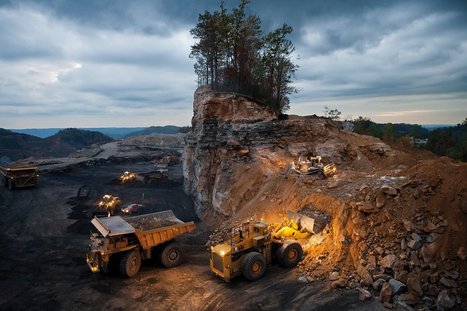






















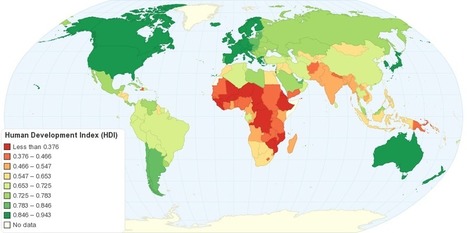


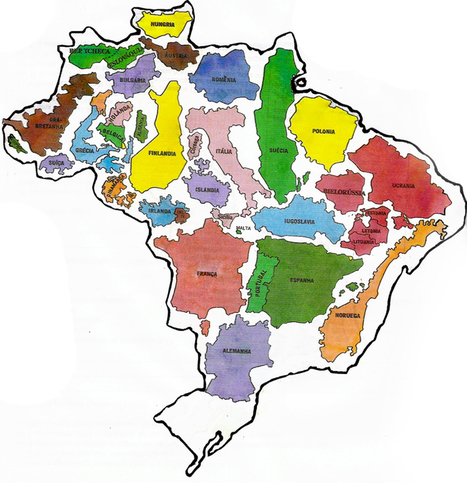



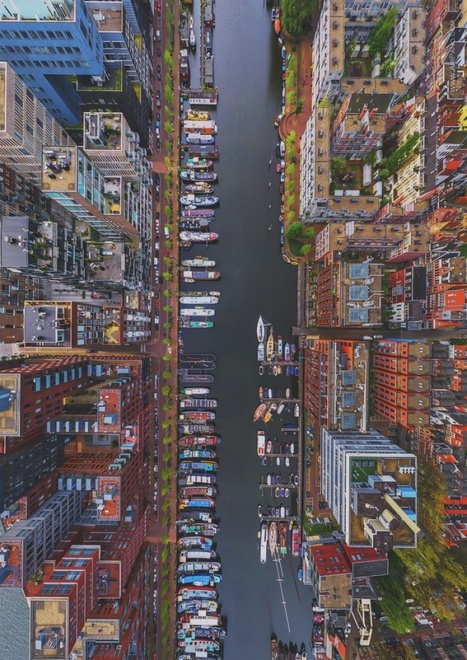










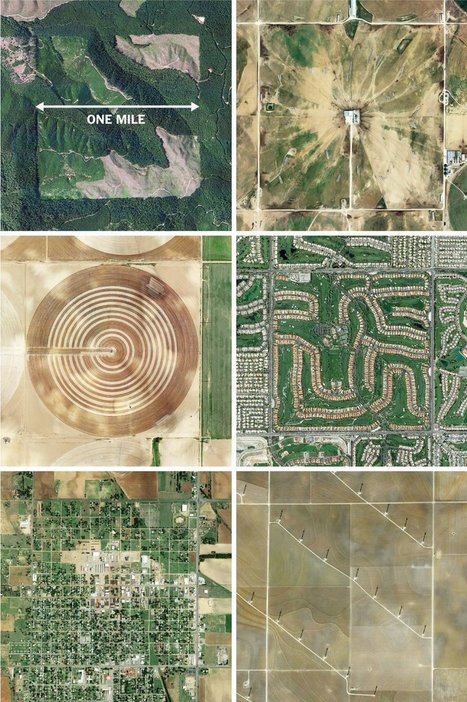

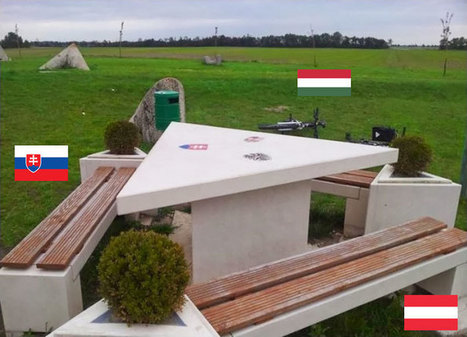
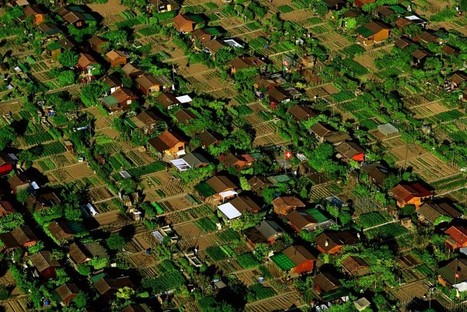



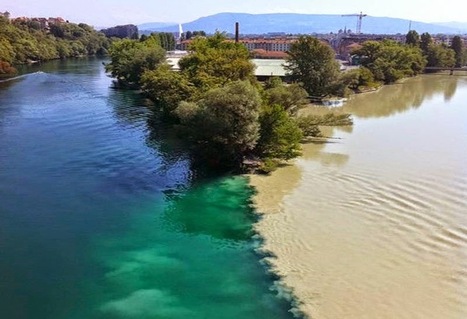






#GEO130